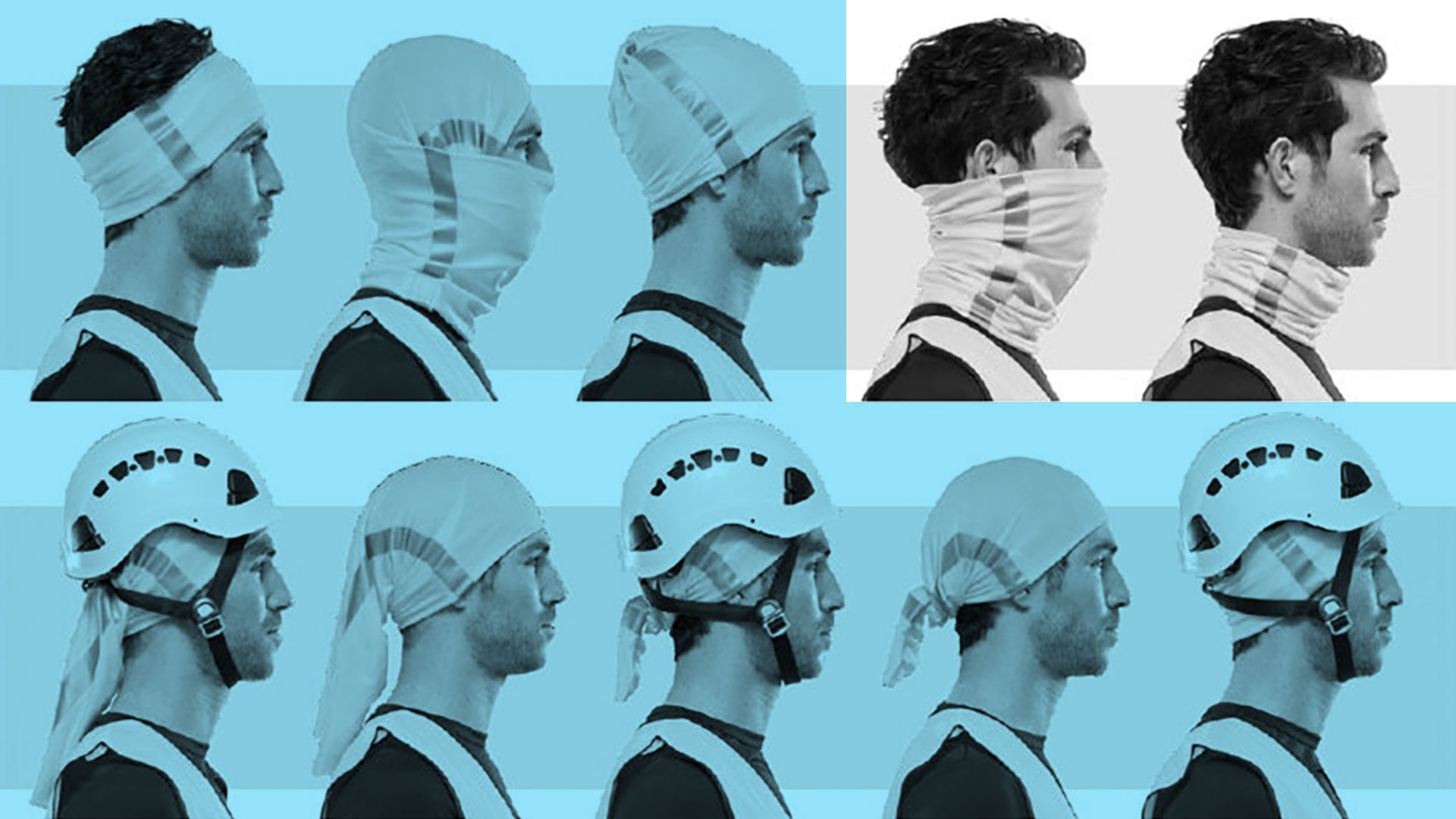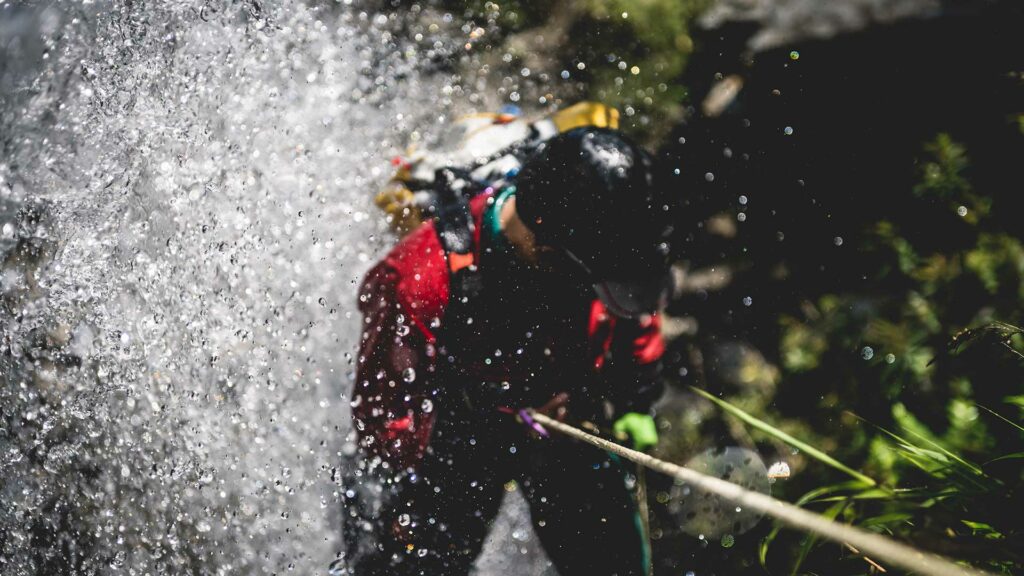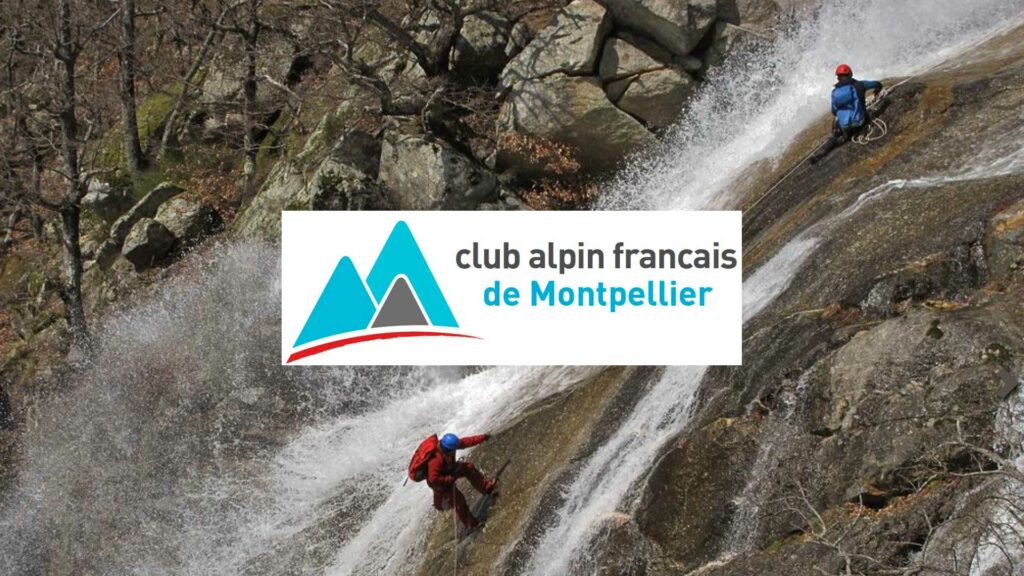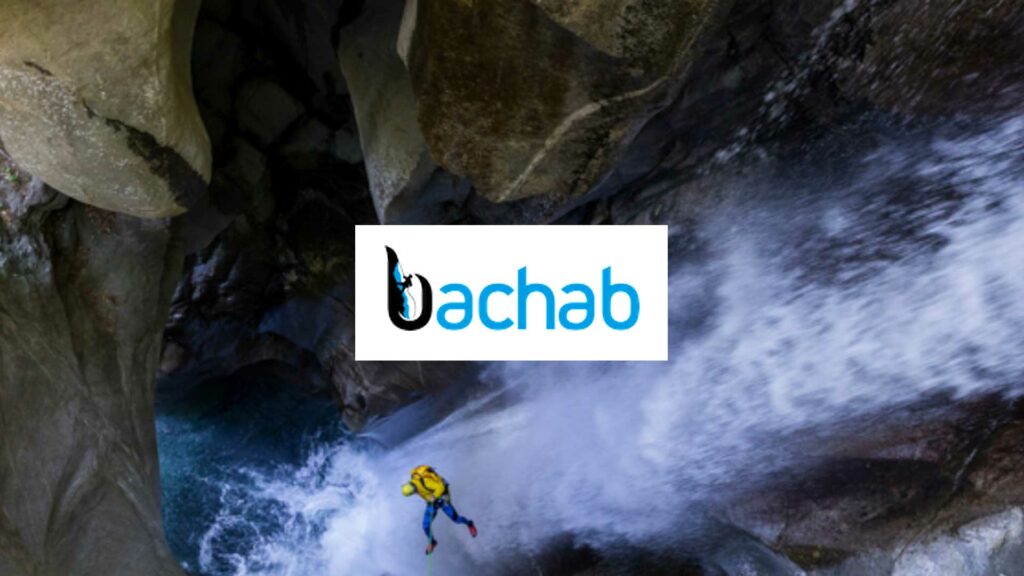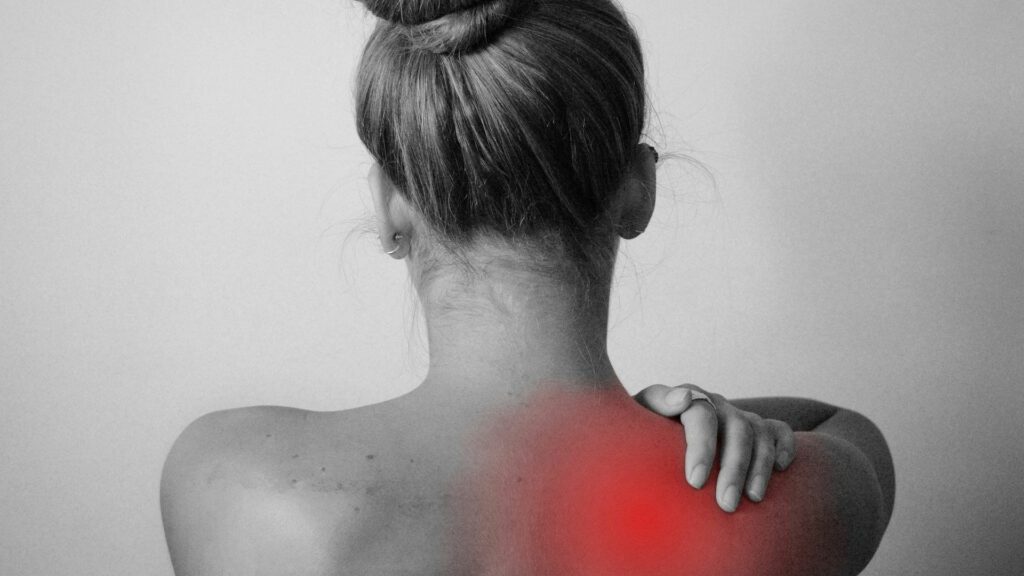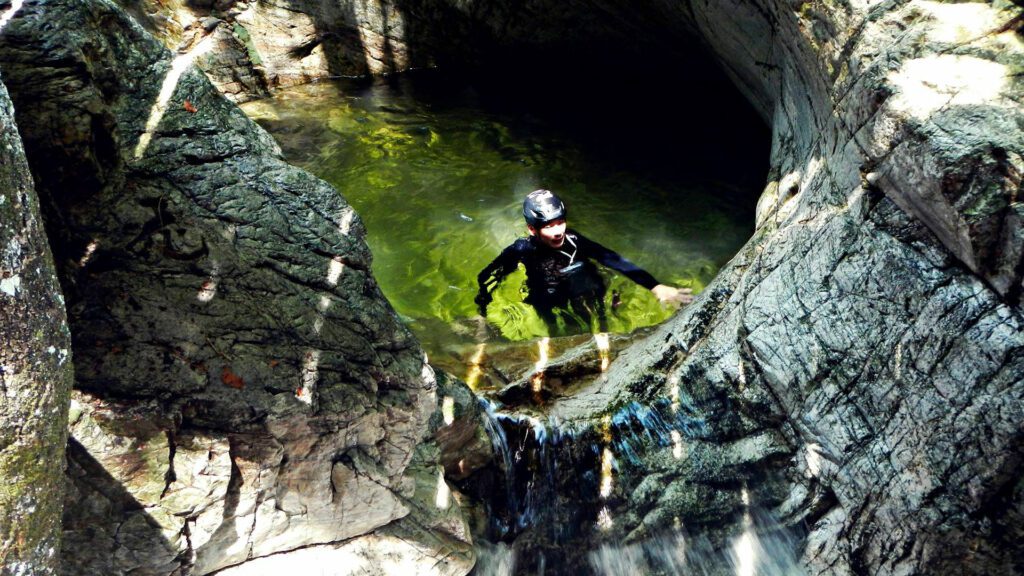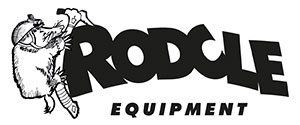Canyoning is an extreme sport in nature where water is mostly a major component. A canyoner is usually wet during almost the whole descent, covered by a full body neoprene suit, socks and gloves in combination with a helmet and specific shoes as well as a set of essential technical gear to use for abseiling. However, the face is exposed, so the person can breath and have an open visual ability throughout the activity.
According to all health information provided for Covid-19 the following suggestions are the basic instructions for protection against the virus. Here, we will try to adjust these instructions to canyoning, as not all countries where this sport exist have lockdowns and people can still go in the canyons with their fellow canyoners.
1. Clean your hands often. Use soap and water, or an alcohol-based hand rub.
You can use an alcohol-based hand rub before wearing your neoprene gloves and then put it in your waterproof tank in your backpack. Once you stop for a lunch break you can remove your gloves, use it again to clean your hands and enjoy your food. Once your team is ready to go, use it one more time, put your gloves on and continue. Once you get to your car and get dressed in your nice, dry, warm clothes use it like you do in the city.
2. Maintain a safe distance from anyone who is coughing or sneezing.
During canyoning there are distances between canyoners as the descent proceeds.
3. Wear a mask when physical distancing is not possible.
When getting to the bolt, the canyoner responsible can many times come in a close physical contact to the person approaching to descend. At that point the use of a “mask” is recommended. The tricky part here is that the use of a normal mask is not practical during canyoning, as everything is getting soaking wet. A useful item though can be the buff. Wrapped around your neck can become a “mask” if you raise the front part to cover your nose and mouth. Then, when gaining some distance after your first steps rappelling you can lower it to be able to breath normally.
4. Don’t touch your eyes, nose or mouth.
After hitting the water usually the whole face is wet, as well as your neoprene suit and your gloves. You can either let your face dry without touching it or again use the buff to dry your eyes and continue.
5. Cover your nose and mouth with your bent elbow or a tissue when you cough or sneeze.
Easy done while canyoning. If for any reason you are very close to a fellow canyoner try to be proactive and turn the other way should you or the other person might cough or sneeze.
6. Stay home if you feel unwell.
Absolutely don’t go canyoning.
7. If you have a fever, cough and difficulty breathing, seek medical attention.
Avoid going canyoning all together.
8. Calling in advance allows your healthcare provider to quickly direct you to the right health facility. This protects you, and prevents the spread of viruses and other infections.
Self-evident. No second thoughts about that.
9. Masks can help prevent the spread of the virus from the person wearing the mask to others. Masks alone do not protect against COVID-19, and should be combined with physical distancing and hand hygiene. Follow the advice provided by your local health authority.
The number of worldwide covid-19 cases has not stopped yet. The vaccines are uncertain yet and all information indicate that it will need time to eliminate the threat. Going canyoning is a way of living. No canyoner likes to be stuck in an apartment. However, taking all above precautions and applying them to your canyoning practice can be very thoughtful for your protection. In countries with lockdowns it is preferable to respect the official guidelines and put safety above all. The canyons are there, waiting for all of us to return and have fun descending them. Take care!


